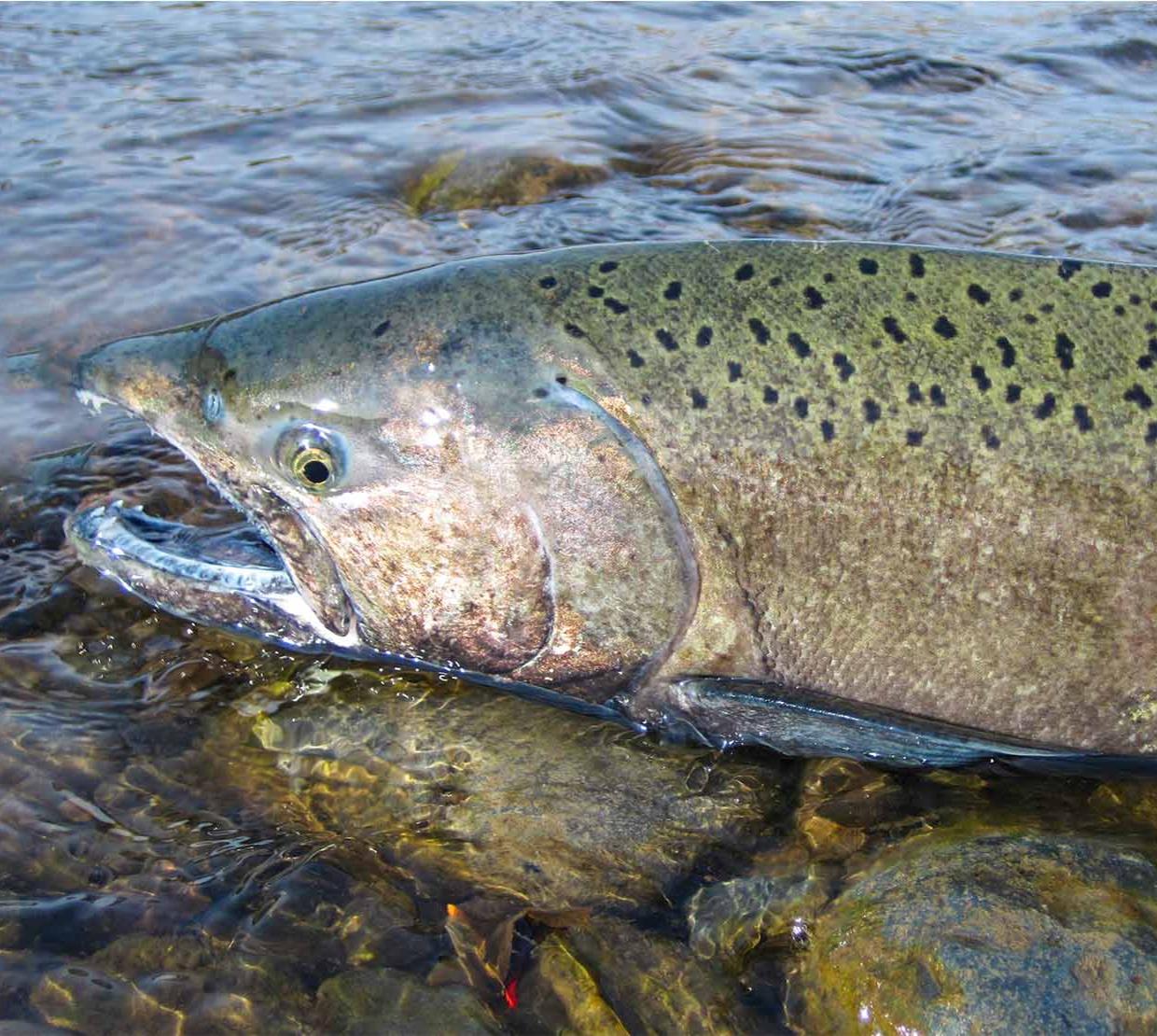Oregon State microbiologists have made a stunning discovery. The researchers have discovered the first animal that doesn't need oxygen to live. Their unexpected finding changes one of science's assumptions about the animal world.
The tiny, less than 10-celled parasite Henneguya salminicola lives in salmon muscle. As it evolved, the animal, which is a myxozoan relative of jellyfish and corals, gave up breathing and consuming oxygen to produce energy.
The research by microbiology senior research associate Stephen Atkinson and head of microbiology Jerri Bartholomew along with colleagues from other universities was published in the Proceedings of the National Academy of Sciences.
Aerobic respiration was thought to be ubiquitous in animals, but this new research confirmed that this is not the case. Aerobic respiration is a major source of energy, and yet this animal evolved in a way that gave up this critical pathway.
Some other organisms like fungi, amoebas or ciliate lineages in anaerobic environments have lost the ability to breathe over time. The study demonstrates that the same can happen to an animal – possibly because the parasite happens to live in an anaerobic environment deep within the muscles of its host.
Its genome was sequenced, along with those of other myxozoan fish parasites, as part of research supported by the U.S.-Israel Binational Science Foundation and conducted by Bartholomew and Atkinson and Paulyn Cartwright of the University of Kansas, and Dorothee Huchon of Tel Aviv University.
“When we think of ‘animals,’ we picture multicellular creatures that need oxygen to survive, unlike many single-celled organisms including protists and bacteria,” shares Atkinson. “In our work, we have shown that there is at least one multicellular animal that does not have the genetic toolkit to use oxygen: it has lost its mitochondrial genome. It can survive without aerobic respiration because it is a parasite that lives inside salmon, and steals ready-made nutrients from the host, rather than having to consume oxygen directly like all other animals that we know of.”
Atkinson and the research team do not think this species is the last oxygen-free animal, either. He said he expects to discover many more species that can survive without oxygen. “Our findings expand our understanding of what it means to be an animal, and shows that even complex life can evolve a way to succeed in environments without oxygen,” he says.




